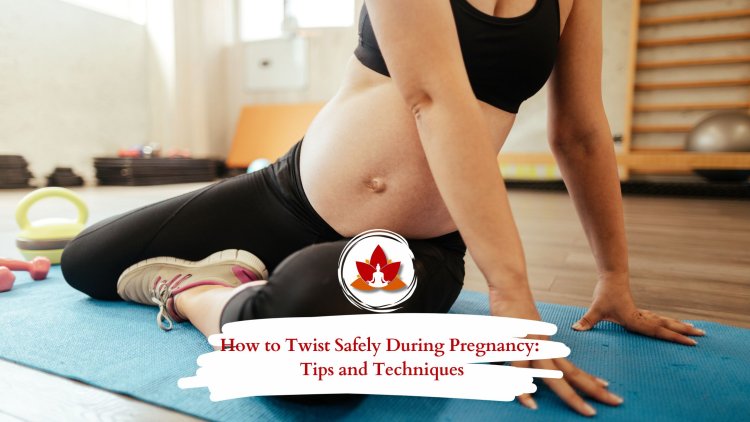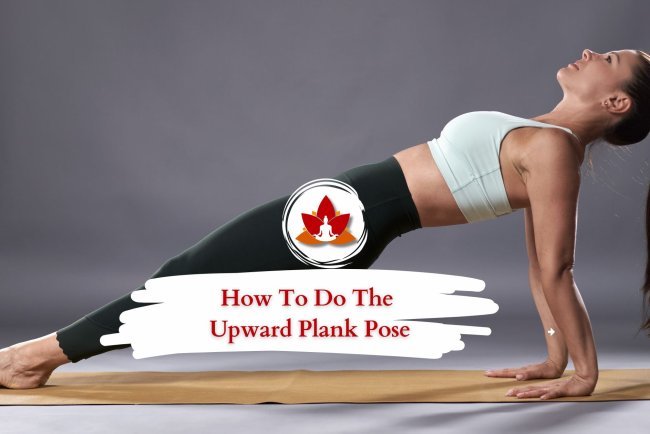How to Twist Safely During Pregnancy: Tips and Techniques

While in pregnancy, everyone would want to know how safe their yoga poses are. For many women, twisting is one of the questions on their minds as it releases tension and can create flexibility. Not all twists, however, are good for pregnant women, some twisting postures may be okay if modified while others must be avoided completely for safety purposes for both mother and baby. Knowing which twists are helpful and how to do them correctly can help a pregnant woman enjoy the physical and mental benefits of yoga safely.
Why Closed Twists Should Avoid During Pregnancy
Closed twists, or deep, compressive twisting poses, are generally not recommended during pregnancy. Poses such as Ardha Matsyendrasana, or Lord of the Fishes Pose, compress the abdomen, which will tighten the abdominal muscles and further limit blood flow to the uterus. This limits room for the baby, particularly as the pregnancy advances.
Impact of Closed Twists on the Abdominal Muscles and Uterus
Closed twists also cause stress on the abdominal region as it expands to house the enlarging uterus. This therefore strains the abdominal muscles as one's belly will be stretched. Closed twists put more pressure on muscles, exposing them to possible strain and even injury in the belly. The restricted twist also eliminates space for the baby while it may constrict blood flow to the developing fetus which is dangerous.
Twists and the First Trimester: Cautious Progression
This is the most sensitive time in pregnancy because delicate changes are occurring both in the formation of the embryo in uterine implantation and the development of the placenta. Such delicate changes call for avoiding twisted poses almost completely in the first trimester. Any strong twist would probably interfere with those processes, so it's better to use more minor movements and save twists for later pregnancy stages.
Safe Twists during the Second and Third Trimester
During the second and third trimester of pregnancy, some soft open twists are allowed and may be performed safely. Open twists allow a twist away from the belly without using deep compression, so that it does not impact on the baby's space while still providing to the mother the benefits of a twist in alleviating tension in the upper back. Soft twists generally work on the upper spine and shoulders, providing release for tension in the upper back.
Recommended Open Twist Postures during Pregnancy
Among these open twist postures advised during pregnancy are as follows:
-
Modified Marichyasana III and Ardha Matsyendrasana – Here, turn sideways away from the folded leg to prevent the intestines from bunching or creating pressure inside the womb.
-
Bharadvajasana or Sage Twist -is mild on the spine and creates room in the abdomen.
-
Simple cross-legged twist - while in a sitting position, does not cause too much stress but is moderate.
-
Seated Chair Twist – This twist is mild, and the chair supports to avoid deep compression.
These open twists are gentle stretches and relaxation of the spine and back. They are therefore good for relieving many common discomforts during pregnancy such as back pain.
Safe Pregnancy Twisting Techniques
The technique used while twisting in pregnancy is what should be focused on:
-
Extend the Spine: As you twist in this direction, extend down your spine, lengthening all the space between your vertebrae. This prevents compression of your lower back and abdominal cavity.
-
Lift Up Through the Sternum: As you begin to twist, lift up through the breastbone, which will actually open up your ribcage and allow you more room in that upper body cavity.
-
Avoid Deep Spine Twisting to the Lumbar Region: Limit twist motion to the cervical regions rather than the lower spine, thereby avoiding potential direct tension to the abdomen and pelvis.
-
Sacroiliac Joint: The hormone relaxin can enhance pelvic ligament relaxation during pregnancy, leaving the sacroiliac joint to displacement during a deep or vigorous twisting movement. Avoiding such twisting motions may reduce sacroiliac joint disruption.
Conclusion
Twisting poses are still an appropriate part as in prenatal yoga, only with crucial adjustments to accommodate the needs of both the mother and the baby. Preventing deep closed twists and practicing with more open twists in the later months of pregnancy, such twists can really provide much relief and relaxation for the mother's spine. Always mindfully and technically correct while practicing and ideally with a prenatal yoga instructor who can be a support in the entire process.
What's Your Reaction?


























